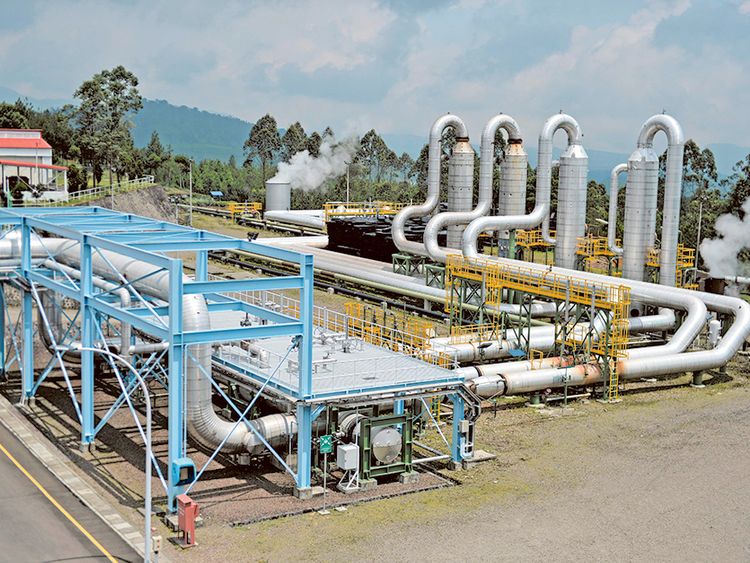Naivasha: For Maasai tribesman Charles Kamami, Kenya's drive to boost its geothermal cap-acity spells environmental destruction which threatens his pastoralist way of life.
But for east Africa's largest economy, geothermal energy could be a saviour as it struggles to increase power generation to keep up with soaring demand driven by years of robust growth.
With proven potential of 7,000 megawatts, geothermal energy from Kenya's geologically active Great Rift Valley forms the cornerstone of a government scheme to double total energy production by 2018.
That's key to luring foreign investors. According to a recent World Bank report, the price of electricity is a leading factor in making Africa uncompetitive, relative to other emerging economies like India and China.
"The problem in the past has been the expense of geothermal energy generation," said Nick Nuttall, spokesman for the United Nations Environment Program, by telephone from Britain.
Nuttall said that when oil prices spiked above $140 a barrel this summer, people began to look at geothermal energy "with new eyes". Oil has since come off its highs, to trade around $120 a barrel.
Kenya produces 130 MW of power from geothermal sources in three sites in the Rift Valley. A new plant is being built in Hell's Gate National Park to increase capacity by 35 MW.
The energy is produced by trapping steam released by hot rocks with water reservoirs deep in the earth and using it to power turbines. Geothermal power is seen as one of the most reliable and comparatively cheap renewable energy sources.
But Kamami is worried about the environmental cost of the new development.
"It has damaged many things," he said in the safari park which is scarred by a sprawling network of pipes and pylons.
"The pipes affect the migration of wild animals and where we can graze our cattle," he said, raising his voice above the drone of drilling on a nearby hillside.
"Now, they are drilling wells on either side of our valley, it scares off the animals. Also the vegetation has changed," he said. Some of the plants the Maasai use for medicine no longer grow in the area, he said.
Balancing environmental and livelihood concerns with Kenya's development needs is a difficult process. However, geothermal energy has obvious advantages over fossil fuels, blamed for contributing to greenhouse gas emissions and climate change.
"The huge benefits, of course, are that you are getting indigenous electricity which doesn't rely on expensive oil imports," Nuttall said. "The other benefit is that you don't get any CO2 emissions."
Many African countries, including economic powerhouse South Africa, face serious supply challenges which have caused debilitating power outages from Senegal's Dakar on the Atlantic Coast to Tanzania's Dar es Salaam on the Indian Ocean.
The International Energy Agency says Africa needs to spend an estimated $560 billion by 2030 to generate an additional 260,000 MW of power.
Kenya gets 60 per cent of its electricity from dams, 30 per cent is fuel-generated and the rest comes from geothermal - but the total is not enough.
Kenyans use up 1,050 MW of electricity at peak hours, just 50 MW shy of the country's maximum capacity, and demand is growing 8 per cent annually.
Blackouts across the country are frequent: in its report, the World Bank said that Kenyan firms suffered seven per cent losses in sales due to power disruptions in 2007.
And around 80 per cent of Kenyans are not even linked to the electricity grid. Unfortunately, Kamami is among them.













